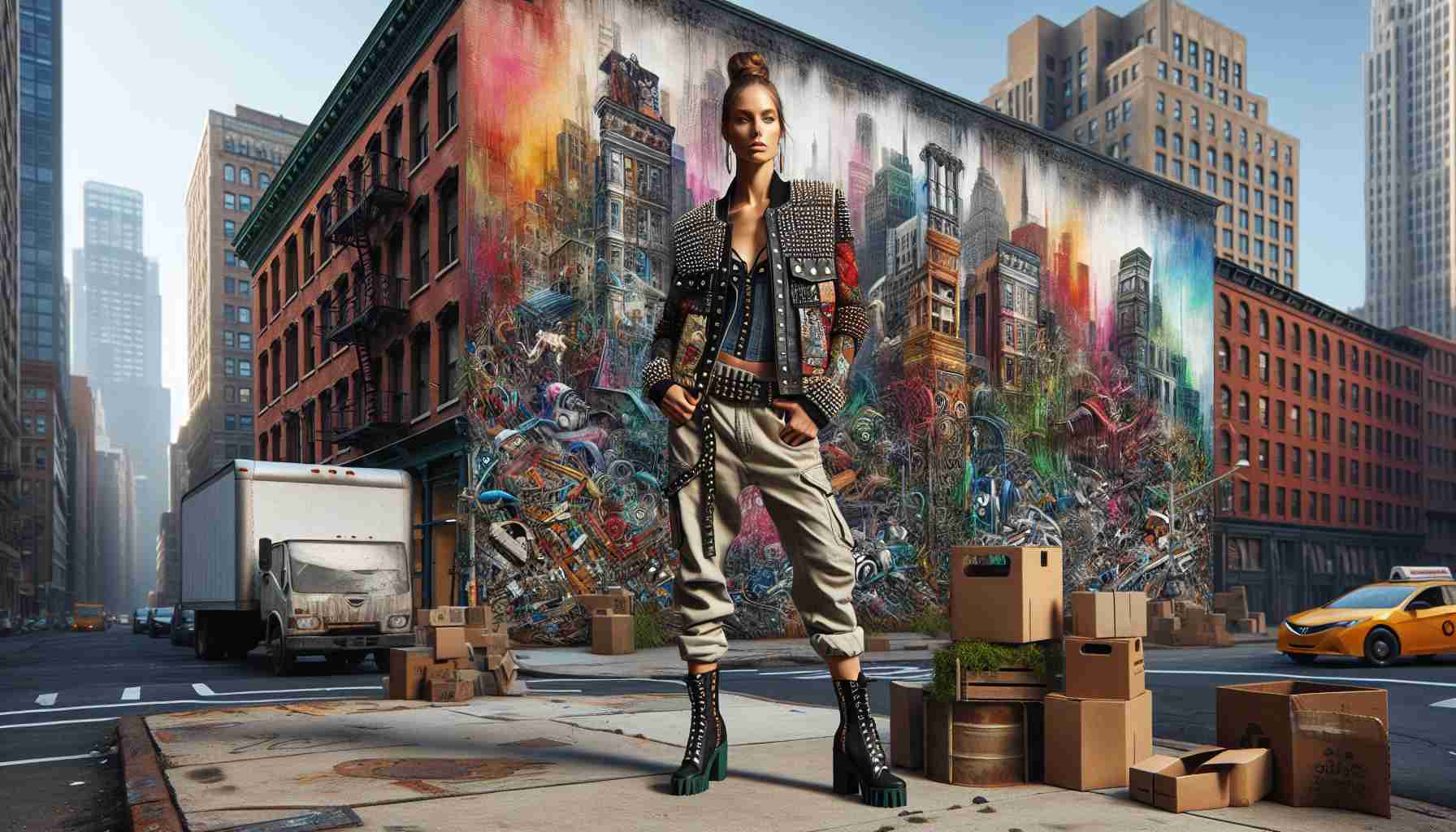


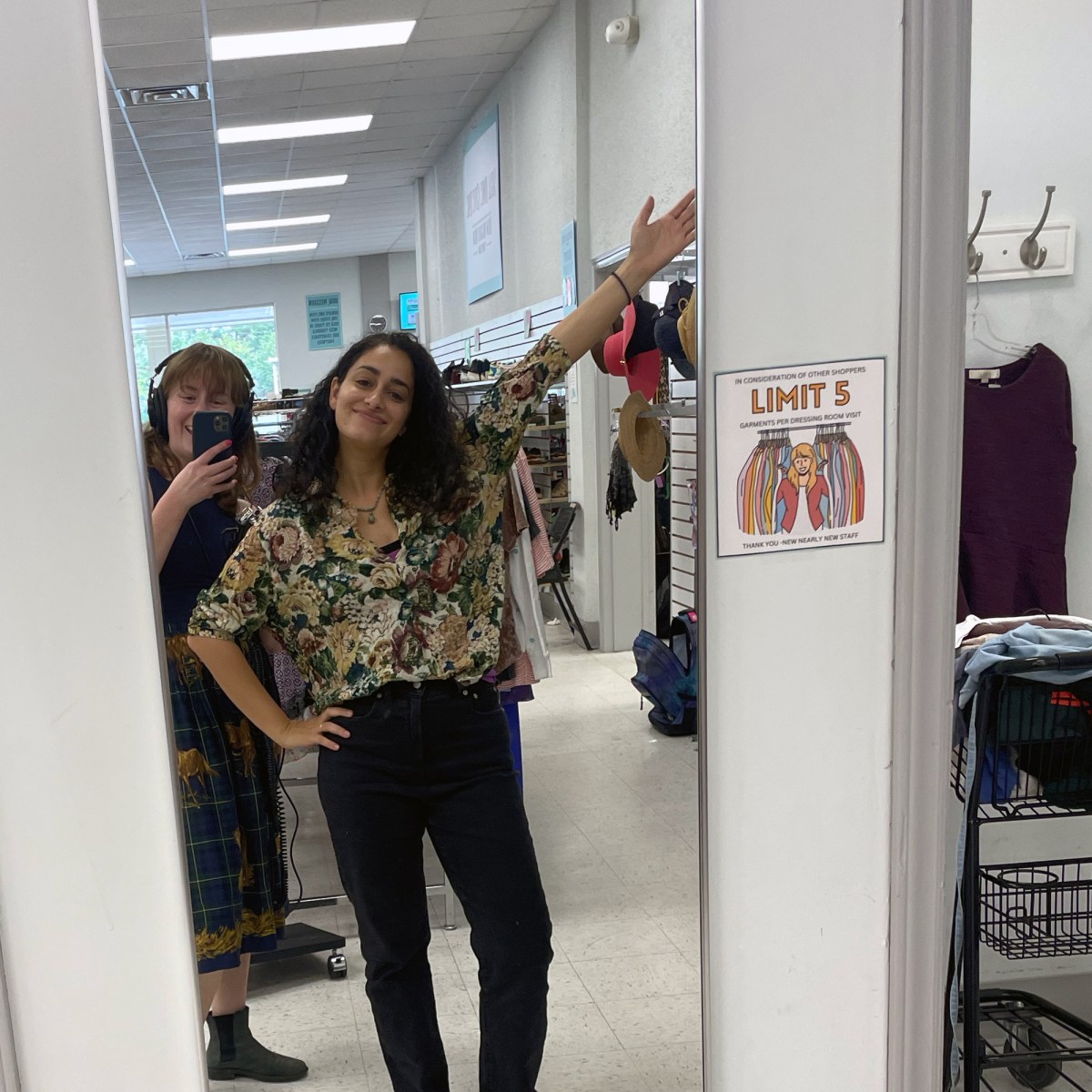
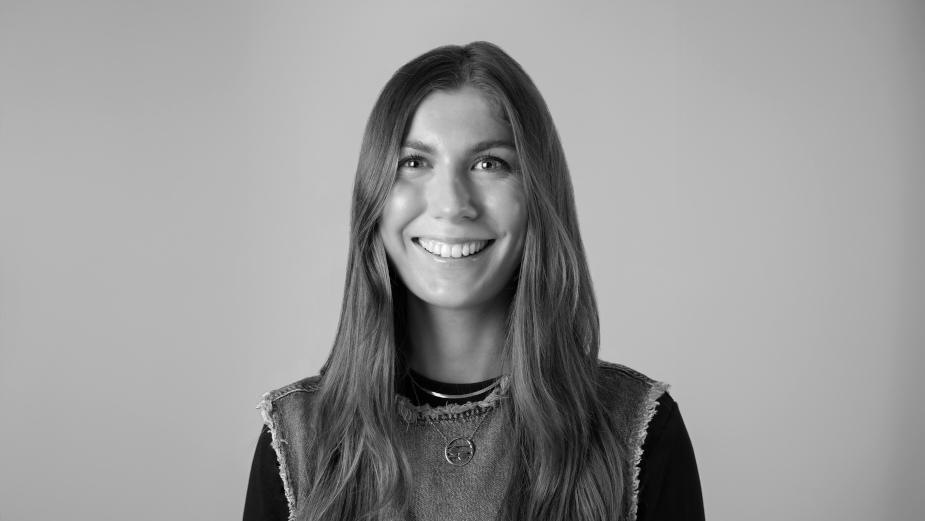


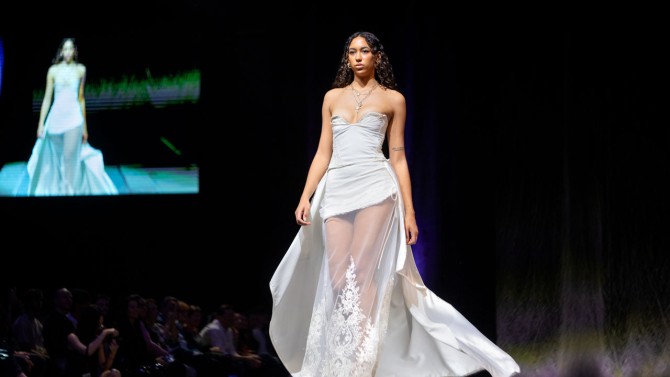
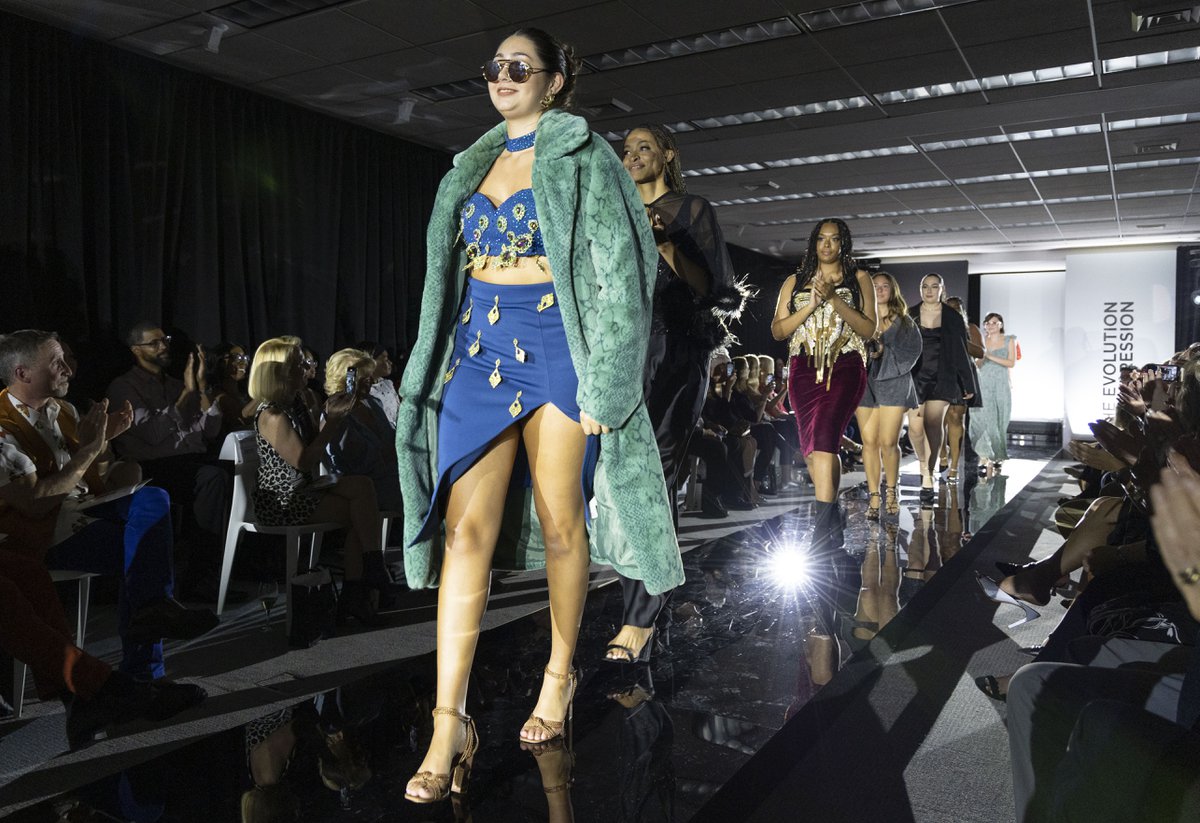

European business schools are responding to the demand for sustainable and ethical practices in the luxury goods sector [758ad8e1]. Graduates from these schools are increasingly sought after by luxury brands, who are under pressure from millennial and generation-Z consumers to prioritize sustainability [758ad8e1]. Students are no longer satisfied with covetable products with sustainability straplines; they want detailed information and a deep understanding of sustainable practices [758ad8e1]. Business schools are adapting their curriculum to equip students with sustainability awareness, ethics, and social responsibility [758ad8e1]. Concepts such as the circular economy, sustainable sourcing, and carbon footprint reduction are now integral to luxury education [758ad8e1].
In response to the growing demand for sustainable luxury education, a new MSc program in sustainable luxury management will be launched in Paris [758ad8e1]. This program aims to provide students with a comprehensive understanding of sustainability in the luxury industry, including environmental, ethical, and social aspects [758ad8e1].
The rise of sustainable luxury is driven by the values and preferences of millennial and generation-Z consumers [758ad8e1]. These younger generations condemn fast fashion and support the idea of giving products a longer life [758ad8e1]. Luxury brands are recognizing the need to become sustainable champions and are implementing strategies to reduce their environmental impact [758ad8e1].
This shift towards sustainable luxury education reflects the broader trend in the luxury market towards sustainability and ethical practices [758ad8e1]. Consumers, particularly younger generations, are increasingly concerned about the environmental and social impact of their purchasing decisions [758ad8e1]. Luxury brands are adapting to meet these demands and are integrating sustainability into their business models [758ad8e1].
Lynn University's annual Lynn Fashion Showcase, scheduled for Feb. 23, 2024, will feature innovative outfits and accessories created by students [668adffd]. This year's showcase focuses on sustainability, with designers practicing sustainability in their manufacturing or daily business operations [668adffd]. The event promotes the importance of reusing post-consumer textiles to create new clothing and aligns with the United Nations' Sustainability Development Goals [668adffd]. The showcase provides practical experience for fashion students and is a collaboration between Lynn's College of Business Management and the Christine E. Lynn College of Communication and Design [668adffd]. Designers like Amanda Perna, Jamie Banks, Sara Mique, Joan Laminoca, Desirae Allen, and Elio Rojas will have their creations showcased on the runway [668adffd]. The event will take place at the Eugene M. and Christine E. Lynn Library in Boca Raton, Florida [668adffd].
The Cornell Fashion Collective (CFC) Runway Show at Cornell University showcased innovative collections and rigorous model management [49de83c7]. The show celebrated four decades of fashion at Cornell and featured designers such as Nina Pofcher, Andrea Cheon, and Cardinal Robinson [49de83c7]. Pofcher's collection, titled 'I'm Still a Kid!', represented the transition from childhood to young adulthood [49de83c7]. Cheon's collection, 'B&W', symbolized the multidimensionality of womanhood [49de83c7]. Robinson's collection, 'Cities Unseen', was inspired by his experience growing up outside Boston [49de83c7]. The show also featured model training and coordination, with Japanese sportswear brand Uniqlo providing undergarments for the models [49de83c7]. The executive board of CFC hopes that the success of this year's show will pave the way for future impactful shows [49de83c7].
DC Singh is a successful businessman who is the head of Edinburgh Cashmere, one of the largest manufacturers, wholesalers, and retailers of luxury cashmere and lambswool [996fa5aa]. He has also created the brand DC Milan, which manufactures designer jeans, jackets, and sweatshirts [996fa5aa]. Singh's businesses go beyond fashion and collaborate with Hollywood stars and icons of the music industry [996fa5aa]. He understands the importance of tapping into the aspirations and fantasies of his clientele [996fa5aa]. Singh's journey began with dropping out of school to pursue his entrepreneurial aspirations [996fa5aa]. He started small and expanded internationally, collaborating with renowned designer brands [996fa5aa]. His designs have been featured in international magazines and his brands have a valuation of £50 million [996fa5aa]. Singh's success serves as an inspiration for aspiring entrepreneurs to chase their dreams fearlessly [996fa5aa].
In the second part of a three-part series celebrating female leaders in luxury and fashion, the founders of Jimmy Choo, Perfect Moment, Rejina Pyo, Saloni, and Boyy share their advice for fledgling designers [e439bd9e]. Wannasiri Kongman, founder of Boyy, advises aspiring designers to think long and hard before starting their own brand, emphasizing the need for time, money, and sacrifices [e439bd9e]. Jane Gottschalk, founder of Perfect Moment, wishes she had received more formal education in business [e439bd9e]. Rejina Pyo and Saloni Lodha, both women of color, discuss the prejudice they faced early in their careers and the resilience required to break through stereotypes [e439bd9e]. The fashion founders also discuss the challenge of balancing motherhood with their careers and the influence of the women who came before them [e439bd9e]. The full interviews with each woman are included in the article [e439bd9e].
Molly Devlin, a graphic designer at The Public House in Dublin, Ireland, shares her love for fashion and her passion for her work [5ac17ed5]. Growing up in a creative household, Molly was exposed to graphic design from a young age [5ac17ed5]. She developed a fascination with fashion and incorporated it into her projects whenever possible [5ac17ed5]. Molly's first scrapbook project at the age of nine was titled 'Fashion Through the Ages' [5ac17ed5]. She pursued a bachelor's degree in visual communications and joined The Public House as a junior designer [5ac17ed5]. Molly's work has included innovative campaigns, such as shaping editorial in the form of Spotify codes [5ac17ed5]. She values personal pride in her work and aims to leave a lasting impact [5ac17ed5]. Molly is inspired by her senior colleagues and believes in the importance of listening to feedback and embracing differing opinions [5ac17ed5]. She admires the rising female creatives in Ireland and hopes for more diversity and inclusivity in the industry [5ac17ed5]. Molly also enjoys spending time in the countryside and finds inspiration in TV shows and fashion magazines [5ac17ed5]. She is driven by the thrill of new briefs and hopes to work with high fashion retailers in the future [5ac17ed5].
The impact of clothing on relationships and sustainability is explored in an article from Marketplace [115f1553]. The article highlights the wastefulness of fast fashion and emphasizes the importance of secondhand clothes, mending, and sharing clothes [115f1553]. The author shares personal experiences of finding joy in thrifting and borrowing clothes from friends [115f1553]. The article also features an interview with a sustainability stylist and educator [115f1553]. The author concludes by recommending fashion-related newsletters and providing non-fashion recommendations [115f1553].
In the ever-evolving landscape of the fashion industry, hiring the right talent has become a formidable task [070b23a4]. Fashion executives are grappling with an influx of applicants due to fluctuations in the job market [070b23a4]. The surplus of candidates brings its own set of challenges, as the most sought-after talent has higher expectations, often seeking remote work arrangements [070b23a4]. However, for companies that maintain in-office requirements, recruiting local talent willing to commute remains a hurdle [070b23a4]. Brands have access to unprecedented amounts of data, which is essential for data-driven decisions [070b23a4]. However, relying too heavily on data can stifle creativity and turn fashion brands into followers rather than trendsetters [070b23a4]. As the fashion industry grapples with an abundance of applicants, finding the right talent requires striking a delicate balance between data-driven efficiency and creative ingenuity [070b23a4].
Stoner style and high fashion aren't synonymous. The current weed fashion scene is dominated by t-shirts, hoodies, and caps with pot leaf graphics, but there is a growing demand for elevated looks that play on the emotion of being high in artful ways [f3dec0f6]. Cannabis fashion is seen as an opportunity for creativity and innovation, moving away from unsustainable fast fashion practices. Sustainable hemp clothing is gaining popularity, with hemp being three times stronger than cotton and more environmentally friendly [f3dec0f6]. However, the production of hemp textiles needs to be more accessible and affordable. The current 420-friendly clothes often feature juvenile prints and puns, but there is a desire for more thoughtful designs and collaborations between mainstream brands and cannabis fashion brands [f3dec0f6]. Luxury cannabis accessories and handbags are being created to bring the plant to the mainstream [f3dec0f6]. The future of cannabis style is seen as an opportunity for sustainability and the use of hemp fiber to create eco-friendly clothing [f3dec0f6]. As the cannabis industry grows, there is hope for more collaboration and innovation in the fashion space [f3dec0f6].
Discover an artist who seamlessly blends urban art with sustainable fashion to create a unique eco-conscious brand [861b4c21]. Growing up in a metropolis, the artist draws inspiration from the city streets and the natural world, infusing his designs with sustainability [861b4c21]. He founded his eco-friendly brand, blending repurposed materials with urban aesthetics [861b4c21]. The brand challenges fast fashion norms and promotes a greener future [861b4c21]. The artist advocates for environmental causes and uses his platform to raise awareness [861b4c21]. The fusion of urban art and sustainable fashion creates visually striking pieces that convey important messages about environmental consciousness [861b4c21]. However, balancing creativity with sustainability and ethical sourcing of materials pose challenges [861b4c21]. Integrating sustainability into fashion design increases awareness about ethical consumerism [861b4c21]. Building a brand focusing on urban art and sustainable fashion attracts environmentally conscious consumers [861b4c21]. The limited availability and higher cost of sustainable materials can limit scalability and affordability [861b4c21]. Achieving a balance between artistic expression and sustainability may require compromises [861b4c21]. Maintaining a consistent message and brand identity while navigating trends and market demands is challenging [861b4c21].